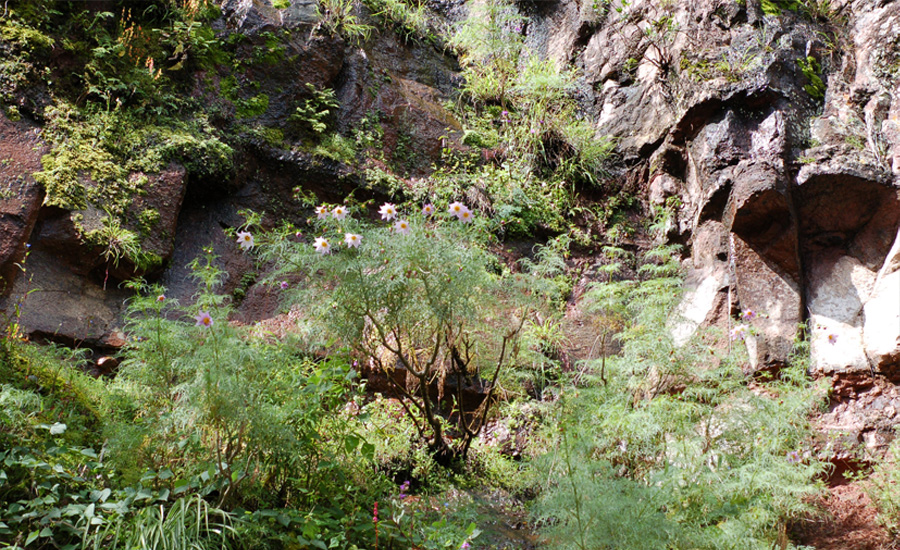










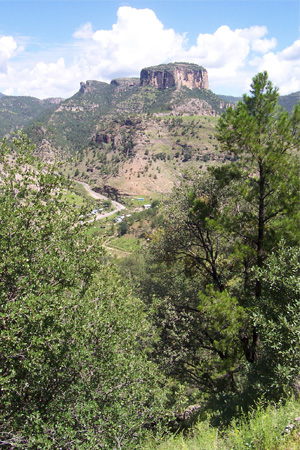
Dahlias have been in cultivation since the 1790s, when they were brought from their native Mexico. Cultivated forms are thought to be a hybrid of two “wild” or naturally occurring species (Hansen and Hjerting 1996, Lawrence 1931). There are currently 36 wild species in the genus Dahlia (Saar and Sørensen, 2005). The purpose of Wilddahlias.com is to present scientific, research-based information on species in the genus, Dahlia.
Most species in the genus Dahlia are native to Mexico. The exceptions are D. australis, which occurs at least as far south as southwestern Guatemala, and D. coccinea and D. imperialis, which have been reported throughout Central America into northern South America. D. coccinea was reported to have been naturalized in the mountainous regions of Peru (H. H. Iltis, personal communication to Sørensen, 1969). Most species have very limited ranges and several are known from only one or two populations. An exception to this pattern is D. coccinea, which is widespread and sometimes occurs in large populations along roadsides. D. merckii and D. australis also have relatively large ranges, although they are not as widely distributed as D. coccinea.
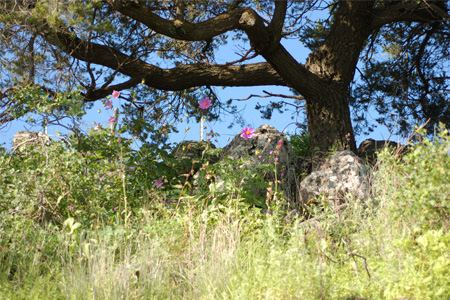


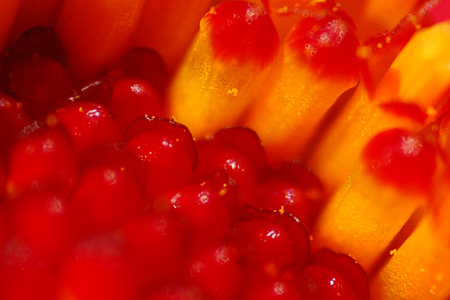
The species of Dahlia are perennial plants; most grow from a tuberous root source, and some have herbaceous stems while others possess stems that lignify and resprout after a winter dormant period, living for another season or more. Plant size varies from the small D. tenuis and D. scapigera that only average three to six decimeters (11.8-23.6 inches) in height on slender stems, to tall arborescent species such as D. tenuicaulis, to D. macdougallii, which grows from under the mosses and ferns covering tree trunks and produces long shoots that sprawl across the canopy branches of tropical hardwoods (Saar et al., 2003). With the exception of D. cardiophylla and D. purpusii, all species have compound leaves and several are twice or thrice compound.
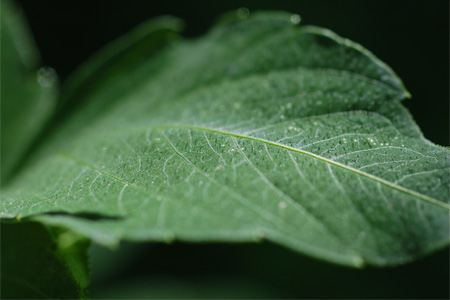
Dahlias are plants of the uplands and mountains, most frequently at elevations between 1,500 and 3,700 m (4,900-12,100’), where frost usually occurs during the winter months but the ground does not freeze. They frequently grow in a vegetation zone described by Leopold (1950) as a “pine-oak woodland,” where open, scattered stands may be dominated by pines in some places and oaks in others. These woodlands are usually situated between the oak scrub and high pine forests, and Arbutus is a frequent associate. In a few instances, Dahlias such as D. tenuicaulis occur in a zone of Pinus and Abies at elevations near 3,000 m (9,800’). The habitat for D. macdougallii is a cloud forest of epiphyte-covered tropical hardwoods in southern Mexico south of the 18th parallel. On a collecting trip in 1995, D. foeniculifolia was observed growing along road cuts through oaks and mimosoid scrub at elevations as low as 950 m (2,800’) (Saar, 1999).
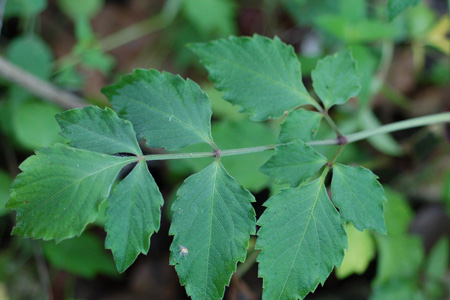
A few species, such as D. tenuis and D. barkeriae, occur in partial shade as well as full sun. However, most species appear to be generally shade-intolerant, growing in woodland openings, among rocky outcroppings, and opportunistically in sunny disturbed places along road cuts on the mountain faces and under cross-country power lines.
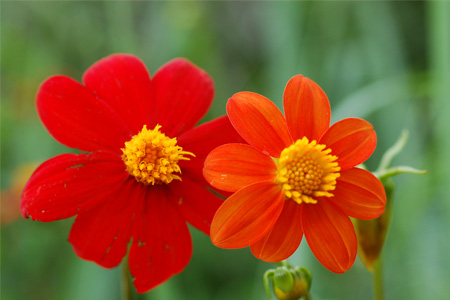
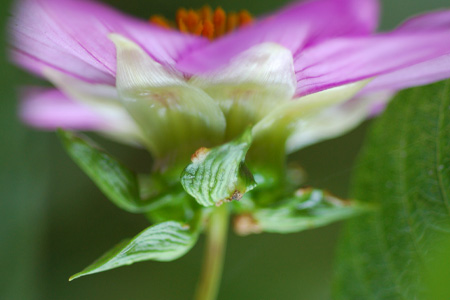
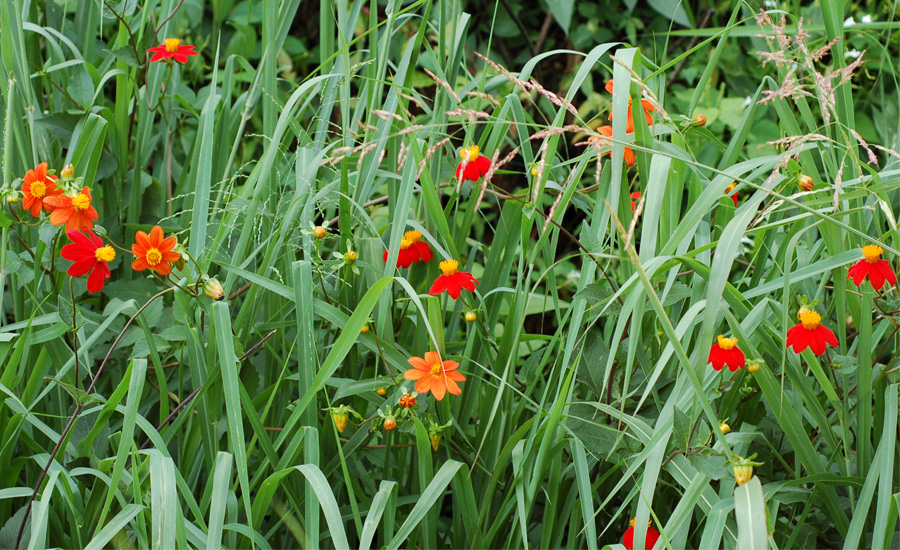
References
Hansen, H. V. and J. P. Hjerting. 1996. Observations on chromosome numbers and biosystematics in the Dahlia (Asteraceae, Heliantheae) with an account on the identity of D. pinnata, D. rosea and D. coccinea. Nordic Journal of Botany 16: 445-455.
Lawrence, W. J. C. 1931. The genetics and cytology of Dahlia variabilis. Journal of Genetics 24: 257-306.
Saar, D. E. 1999. A phylogenetic analysis of the genus Dahlia (Asteraceae): an interdisciplinary study. Ph.D. dissertation, Department of Biological Sciences, Northern Illinois University, DeKalb, IL, USA, 266pp.
Saar, D. E., N. O. Polans, and P. D. Sørensen. 2003. A phylogenetic analysis of the genus Dahlia (Asteraceae) based on internal and external transcribed spacer regions of nuclear ribosomal DNA. Systematic Botany 28: 627-639.
Saar, D. E. and P. D. Sørensen. 2005. Dahlia sublignosa: a species in its own right. Sida, Contributions to Botany 21: 2161-2167.
Sørensen, P. D. 1969. Revision of the genus Dahlia (Compositae, Heliantheae-Coreopsidinae). Rhodora 71: 309-365, 367-416.